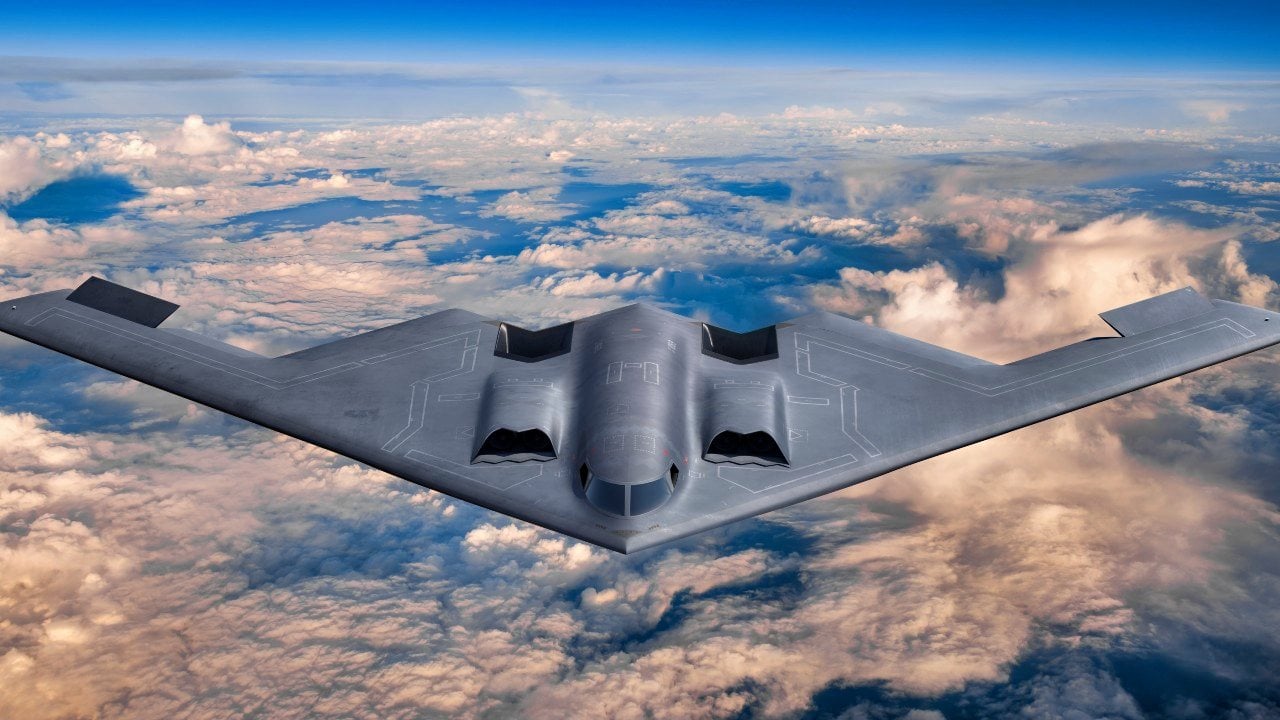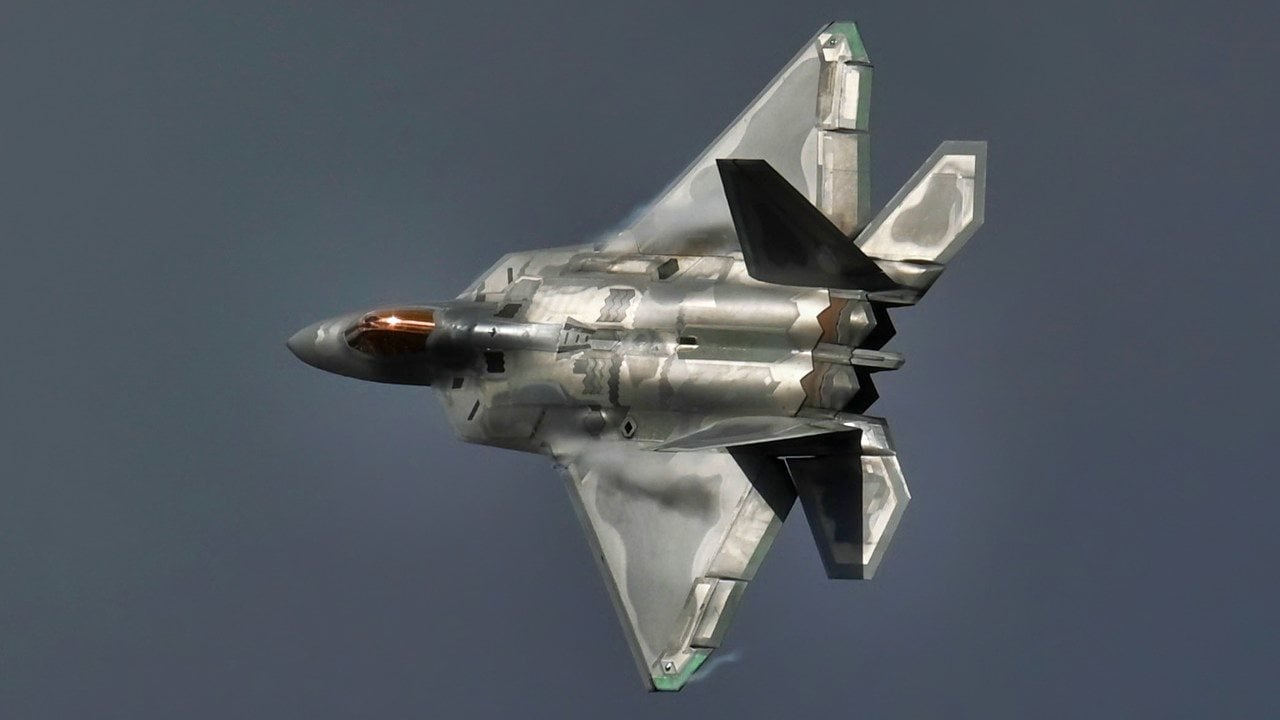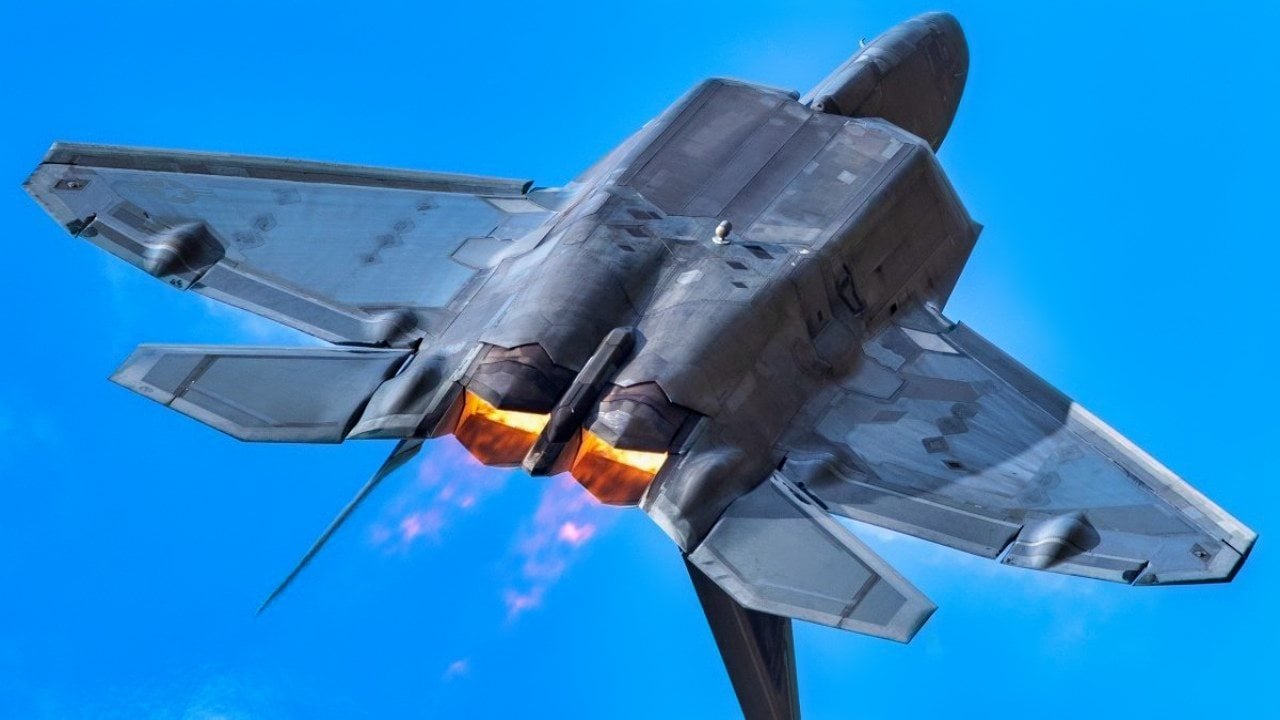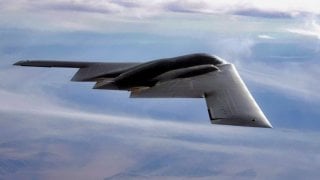Is the U.S. Air Force in 'Terminal Decline'?
Concerns about the aging airframes in the U.S. Air Force (USAF) inventory have led to questions about the service's long-term viability.
Summary: Concerns about the aging airframes in the U.S. Air Force (USAF) inventory have led to questions about the service's long-term viability.

Despite operating older fighters and bombers, the USAF remains the world's best-equipped air service.
The age of aircraft like the B-52 and fourth-generation fighters is significant, but replacements like the F-35 are not arriving quickly enough.
However, a reduction in force structure could lead to more responsible deployment and enhanced security by valuing each asset more highly.
Aging Airframes: Is the U.S. Air Force in Decline?
Worries about the age of airframes in the U.S. Air Force inventory are leading to greater questions: for instance, is the Air Force in terminal decline?
It is not.
Despite a habit of operating fighters and bombers longer than expected, the U.S. Air Force is still the world’s best-equipped air service.
And regardless, a force reduction may just inspire more responsible and selective deployment of USAF assets, enhancing U.S. security in the process.
Age Concerns for the USAF
The Air Force does have some old airframes in its fleet. The B-52 Stratofortress comes to mind. The B-52 first flew in the 1950s, less than one decade after World War II, and today it is still projected to serve for another 30 years. When the B-52 does retire, probably sometime in the 2050s, the airframe will have served for a full century. Its service at that point will have spanned two-thirds of the time that airplanes have existed.
The B-52 is hardly the Air Force’s only aging bird. The entire fourth-generation of teen-series fighters is beginning to show its age, especially as other nations debut fifth-generation fighters and the race intensifies to build the first sixth-generation fighters.
While the F-15 and F-16 are no longer cutting-edge air superiority or multirole platforms, each is still a reliable workhorse.
Reliance on fourth-generation fighters does have its limitations. In a conflict with a modern adversary like China that has sophisticated air defense systems, a fourth-generation non-stealth fighter would struggle to survive in contested airspace. It would have to wait for more advanced fighters to secure the airspace before operating. But fourth-generation fighters work just fine for many of the Air Force’s current missions.
Still, fourth-generation platforms are getting old.

“The average [F-16] Fighting Falcon is more than 30 years old,” Defense News reported, “and some started flying in the early 1980s. While the Air Force tries to breathe new life into some F-16s in hopes they’ll keep flying into the 2040s, the general in charge of planning for the service’s future knows a replacement is inevitable.”
Replacements like the F-35 won’t be produced quickly enough to compensate for fourth-generation attrition.
Regardless, the U.S. still has the world’s strongest air force, complete with the world’s most advanced fighters, bombers, and support aircraft.
Systemic Changes
Undoubtedly, alarms will raise over the prospect of reducing the U.S. Air Force’s force structure. But perhaps the service would benefit from having the fat trimmed. The U.S. military in general is overextended. It is deployed too casually, in a way that demands more equipment and soldiers than strictly necessary. Maybe a slight atrophy would lead to more judicious use. If more value were placed on each airframe because there were fewer available to deploy, perhaps each airframe would be treated with the reverence it deserves, and deployed only when vitally necessary.

A reduction to the U.S. Air Force will be framed as an emergency that undermines U.S. security, but if it inspires some long-overdue restraint, it might actually improve U.S. security.
About the Author: Harrison Kass
Harrison Kass is a defense and national security writer with over 1,000 total pieces on issues involving global affairs. An attorney, pilot, guitarist, and minor pro hockey player, Harrison joined the US Air Force as a Pilot Trainee but was medically discharged. Harrison holds a BA from Lake Forest College, a JD from the University of Oregon, and an MA from New York University. Harrison listens to Dokken.


